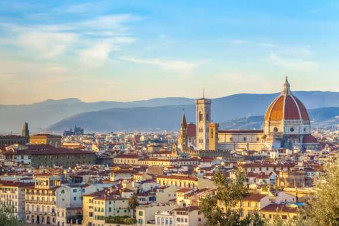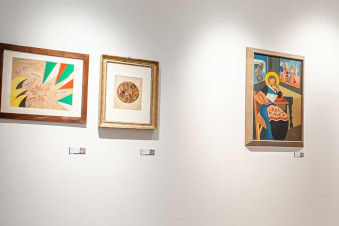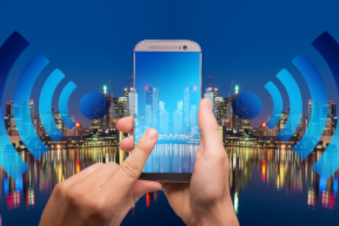Background
The Galleria Borghese Museum, based in Rome, houses works by Caravaggio, Raphael, Titian, Correggio, Antonello da Messina, Giovanni Bellini and sculptures by Gian Lorenzo Bernini and Canova. The works are displayed in the 20 frescoed rooms that, together with the portico and the entrance hall, constitute the spaces of the Museum open to the public.
Challenge
For safety reasons related to the conformation of the historic building, access to the Museum has up to now been regulated in rounds of visits limited to two hours each.
In this way the museum remains empty for about 7 minutes at each end of
the shift.
Furthermore, to visit the museum, a compulsory exhibition route is not assigned. This organizational choice derives from the fact that the museum was historically born as a
"house of wonders created to amaze its guests" therefore a defined exhibition path would denaturalize the visual experience: the visitor must be left free to lay his eyes on
the work that most attracts his attention. This undefined path often leads to an overcrowding of some rooms at the expense of others, decreasing the quality of the customer
experience.
How to optimize the flow in order not to stop the museum activity and improve the customer experience?
Solution
The study to optimize the performance of the Borghese Gallery Museum began in 2019 and was conducted by the research team of the Institute for Computing Applications of the
National Research Council (CNR-IAC).
To collect data on the movements of visitors and on their time spent in the rooms, the researchers have traced the path of more than a thousand visitors using a Bluetooth wearable
device
BlueBeacon Keyfob Tag, which sends a signal of presence to specific receivers positioned in each room of the museum
(RTLS solution of Bluetooth LE receivers). An application installed on visitors smartphones could have replaced BlueBeacon Tags, and could potentially have been useful as an
audio-guide, for example. Galleria Borghese did not resort to this solution because it is not allowed for visitors to bring the devices with them.
This system made possible to observe in real time, Real-Time Location System (RTLS), the behavior of the museum users.
A digital twin of the museum was then created. The latter made possible to simulate the movement of people and measure the occupancy of the various rooms at any time.
The simulator has produced thousands of possible scenarios as the number of visitors admitted to each turn of visit varies and the distribution of visitors between the three
rooms from which it is technically possible to start the visit varies.
From the analysis of the various combinations, Galleria Borghese has managed to optimize the flow of visitors.
Results
- Subsequently and thanks to the implementation of the visitor localization system, a series of performance indicators were improved, including:
- • 20% increase in the number of tickets available per shift
- • an increase of about 10% in daily visitors
- • decrease in the queue at the entrance
- • reduction of congestion and fluctuations in the number of people in each room
- Maintaining a constant turnout in every room means:
- • avoid gatherings, which increase the risk of Covid-19 transmission and reduce the quality of the customer experience
- • minimize the changes in thermohygrometric parameters which in the long term can damage the works on display and the decorations of the rooms
Furthermore, from the observation of the digital twin, it was possible to identify some problems in the museum design and in the visit experience. This suggests that the museum, where possible and respecting historical or architectural constraints, could schedule a reorganization of the works of art, to optimize even more the flow of visitors.
• Click here for the results reported directly by Galleria Borghese.
Related content



